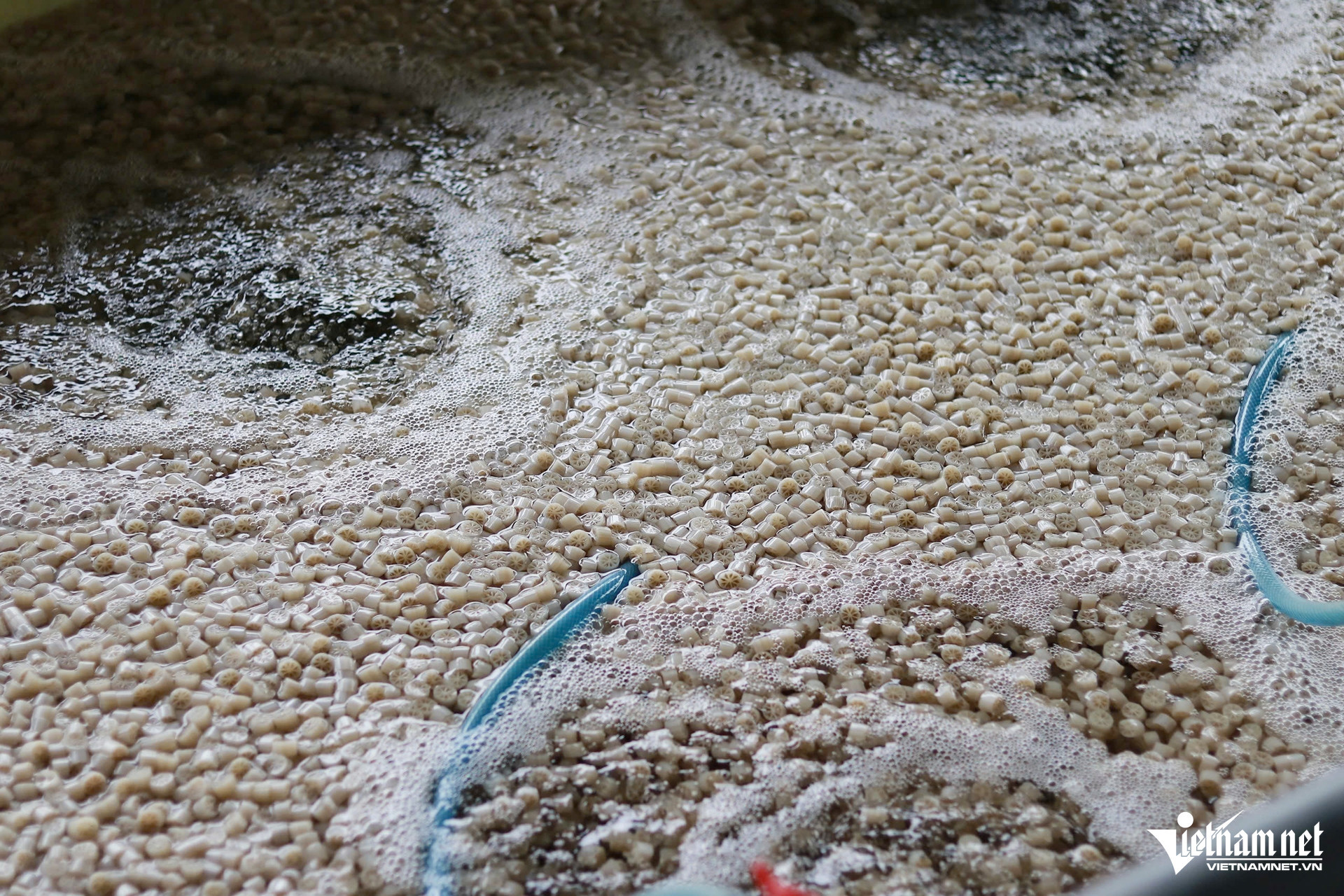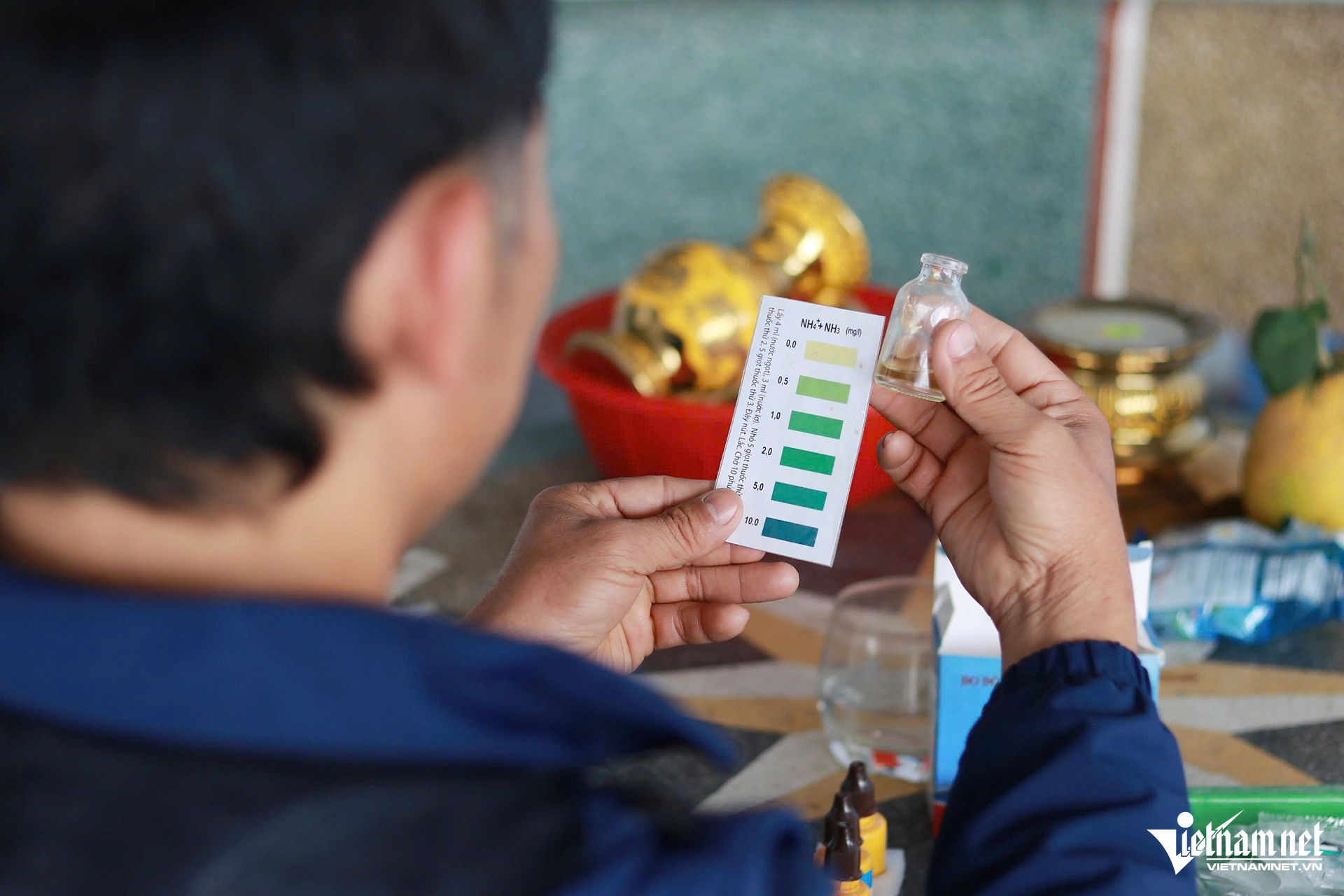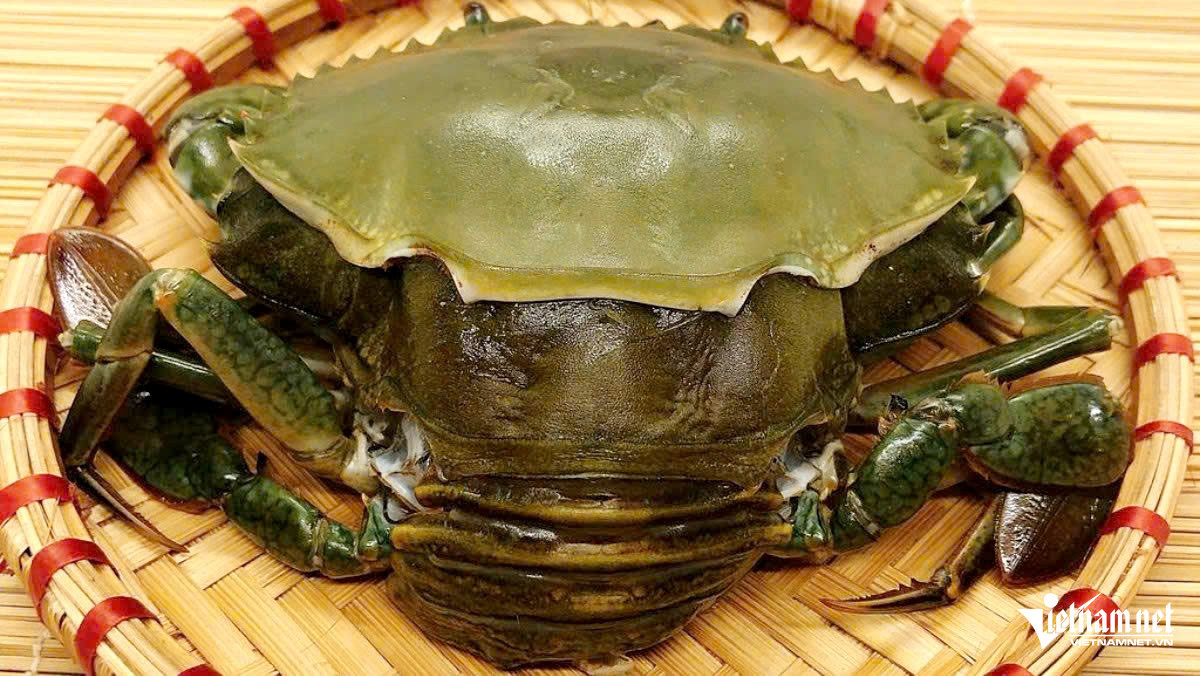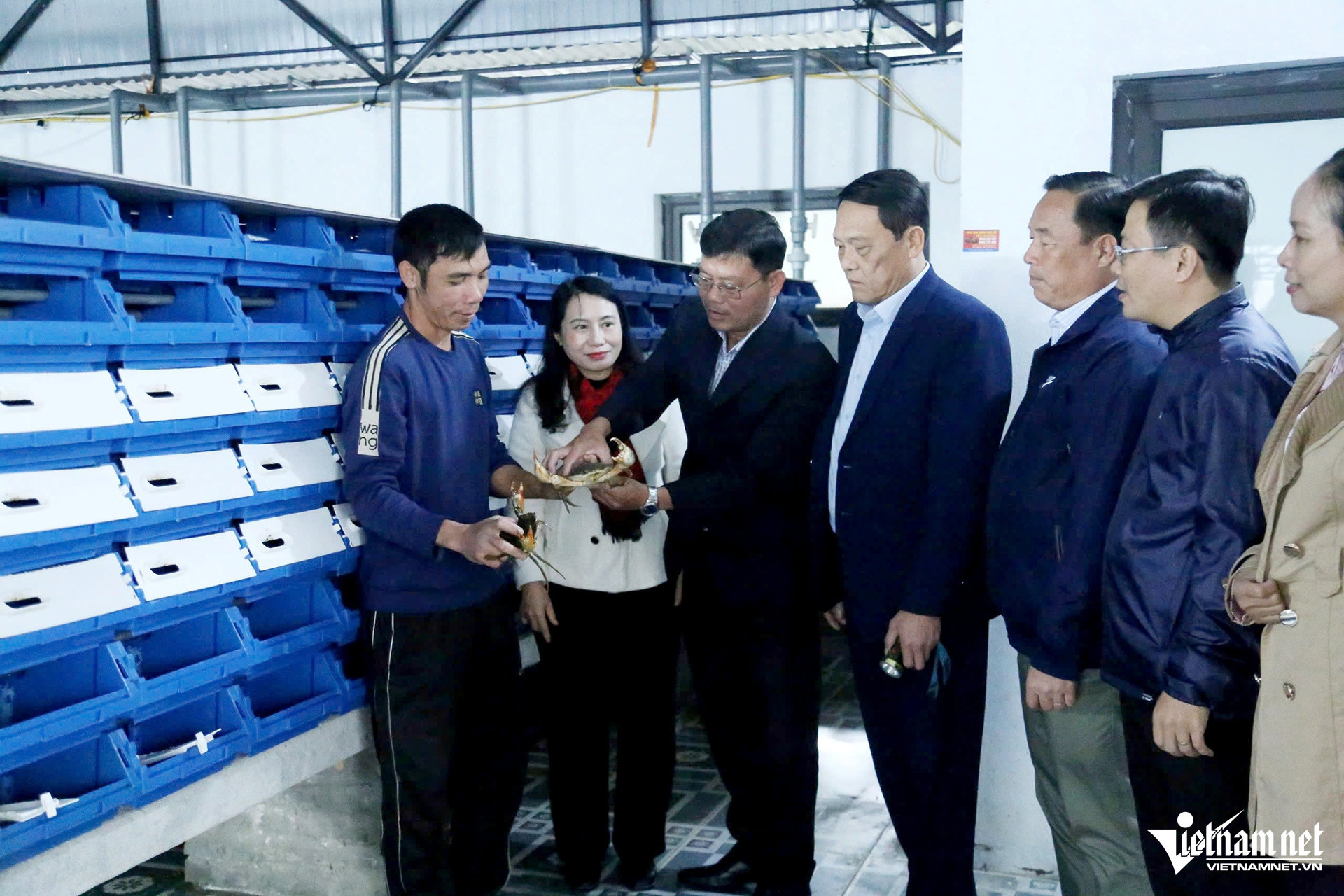A seafood cooperative in Ha Tinh has found remarkable success with an unconventional crab farming technique - raising mud crabs in individual plastic containers.
This method, which requires less space and guarantees high yields, has allowed the Ha Vang Aquaculture Cooperative to achieve annual profits of approximately VND 1 billion ($40,000).
Ha Vang Aquaculture Cooperative, based in Thach Ha Ward, Ha Tinh City, has been recognized for its pioneering approach, which uses a recirculating water filtration and oxygenation system to maintain optimal water quality.
This eliminates the need for large water sources and ensures the crabs grow in a controlled, antibiotic-free environment.
A bold move: Learning from Hai Phong’s soft-shell crab model
Nguyen Van Hoa, Director of Ha Vang Aquaculture Cooperative, explained that in 2021, local officials and farmers visited Hai Phong to study its soft-shell crab farming methods.
Recognizing the potential, Hoa and six others decided to invest in the business and bring the model to Ha Tinh.
By late 2022, they had officially established the cooperative, securing a 20-year lease on a 1-hectare plot of previously unused land in Dong Ghe, Thach Ha Commune. With an initial investment of over VND 1 billion ($40,000), they launched their innovative crab farming venture.
"We purchased 1,000 plastic boxes to raise 1,000 mud crabs," Hoa said. "At first, we faced challenges - crabs needed time to adapt, and we had to frequently adjust the water system. However, after refining our methods, the model has proven highly successful in our area."
Why plastic box crab farming is a game-changer
Hoa emphasized that this method offers significant advantages over traditional pond farming. It requires minimal space while providing high yields, ensuring the crabs are free from contaminants and antibiotics.
"Farmers first raise the crabs in ponds, and then we purchase them for further cultivation in plastic containers," Hoa explained. "Every time a crab molts, its weight doubles. As soon as they shed their shells, we sell them. Our main buyers are large restaurants in Hai Phong, where demand is consistently high."
Unlike traditional methods, this innovative approach minimizes risks such as disease outbreaks and competition among crabs. Each crab is housed in an individual box to prevent aggression. The boxes are stacked to save space and are numbered for easy monitoring of feeding schedules and growth progress.
"The genetic traits of the crabs remain the same, but the water quality makes all the difference," Hoa noted. "In ponds, water conditions fluctuate, whereas in our controlled environment, the water contains optimal minerals, ensuring the crabs grow healthily and safely."
Profits and demand: A thriving business model
The cooperative reports annual revenues of approximately VND 1 billion ($40,000). Each crab reaches a weight of 350 grams (0.77 lbs), and the cooperative sells over 350 kg (772 lbs) per month. Soft-shell crabs fetch a high market price of VND 700,000 ($28) per kg, yet demand continuously exceeds supply.
"Despite the premium pricing, our crabs are always sold out," a representative of the cooperative stated. "We can’t produce enough to meet the demands of northern Vietnamese restaurants."
Local authorities praise the model
Nguyen Song Han, Chairman of Thach Ha Ward People’s Committee, commended the cooperative’s success, noting that it serves as an example of how innovative aquaculture can transform rural economies.
"After studying models in other provinces, our local officials introduced the soft-shell crab farming technique, leading to Ha Tinh’s first successful project of this kind," Han said.
"Ha Vang Aquaculture Cooperative turned previously barren land into a highly profitable business, generating around VND 1 billion in annual profits. Moving forward, we plan to expand this model so more farmers can benefit from sustainable and lucrative aquaculture."






Thien Luong